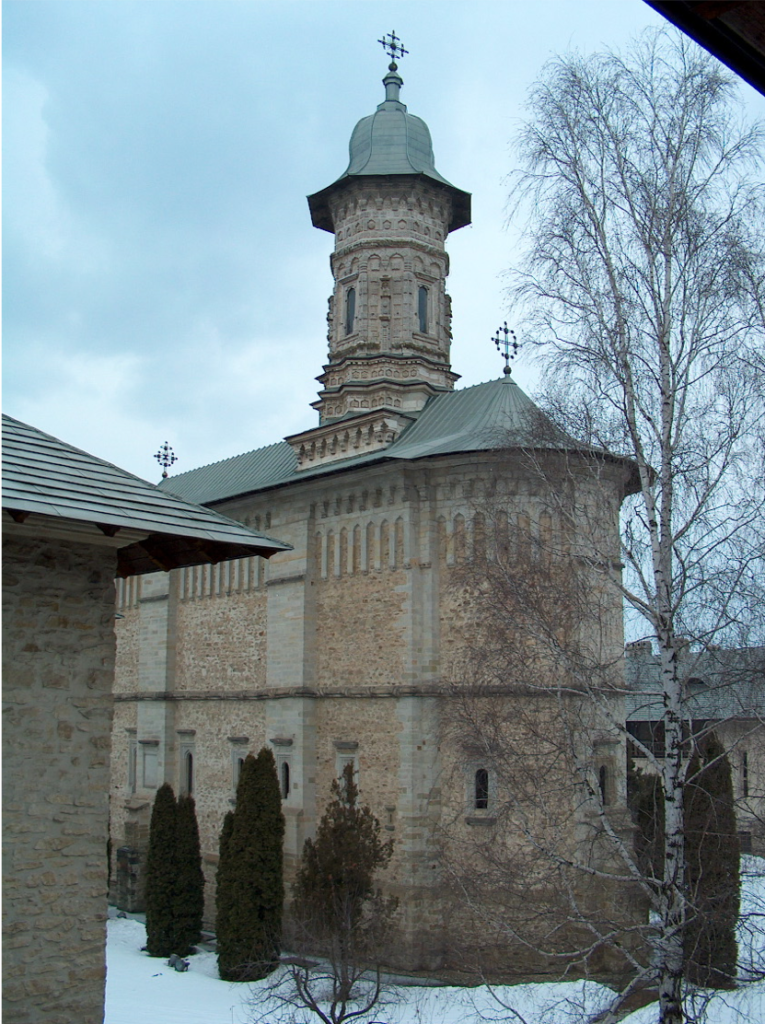12.00 – 13.00 pm, Zoom Webinar
The impact of natural climate hazards in restoration
The 410 years of limestone lantern tower of Dragomirna Monastery Church, Suceava county, Romania leads to an extensive deterioration of carved stone surfaces and may cause damage on the aesthetical qualities of cultural heritage. The Holy Spirit Church of Dragomirna Monastery – stone facades were restored in several decades due to damages after weathering. The present study shows that limestone decay is mainly influenced by the hail storms effect along with biological weathering. All previous studies documented the large impact of thermo-hydric fluctuation on the constant biological weathering. These factors were already compared with climate data which were collected from public sources. The new restoration works of the church facades were started in 2018 when it was discovered that new biological elements were present on the lantern tower already restored in 2011. There were noticed several deformations on the copper plates surfaces of the roof prior on North and North West sides. These resulted as the impact of hail stones impact. Also, at the lantern tower, carved stone, it was already noticed in the previous studies the loose of stone material. The results raised new issues regarding the impact of natural climate on architectural surfaces, in general, and questions regarding adequate ways for protection the open air exposed carved stone.
Ileana Kisilewicz
Ileana Kisilewicz is an architect and she obtained her Master in Science of Conservation of Monuments and Sites in 1998 at the Raymond Lemaire Centre (University of Leuven). During her advanced studies she conducted an scholarship at the University La Sapienza in Rome, where she assisted in fieldwork for the development of project conservation methodology of carved-stone decoration. In 1999, following 2 years of pre-doctoral research on Italian influence on Romanian architecture, which she concluded in 2009 when she obtained her degree of PhD in Architecture. Complementary in Italy, in 1999 and 2011 she assisted working sites in Venice on stone conservation and followed at ICCROM the Stone Conservation Course. Since 2001 she was involved in projects funded by UNESCO for conservation architectural heritage in Romania. She is senior lecturer at the Politehnica University of Timișoara (Romania), Faculty of Architecture and Urbanism. Also she holds advisory position in the Romanian Ministry of Culture, Department of Cultural Heritage.
